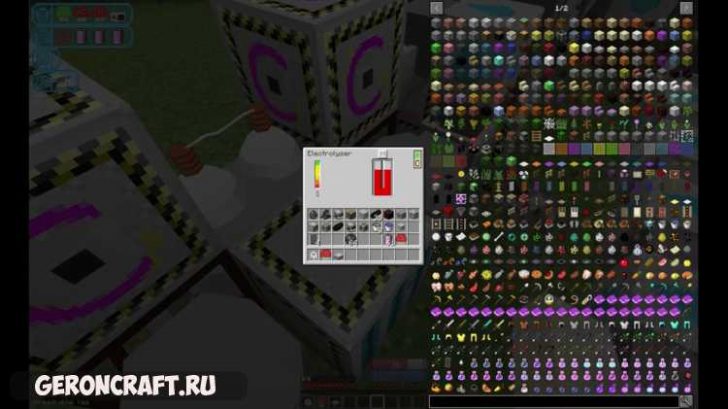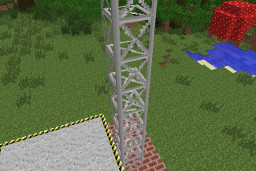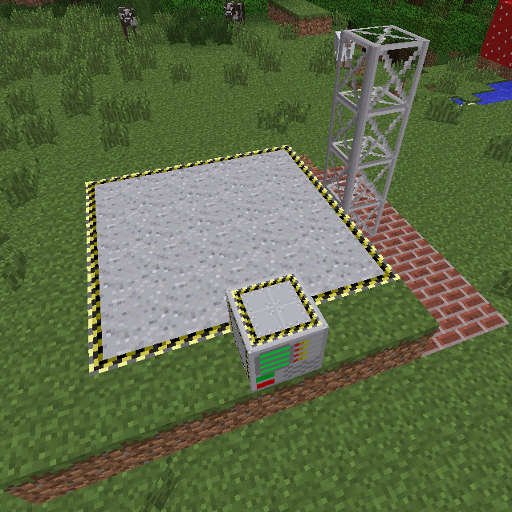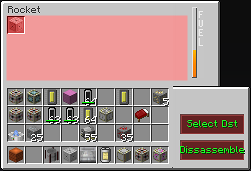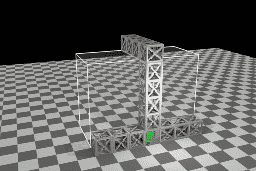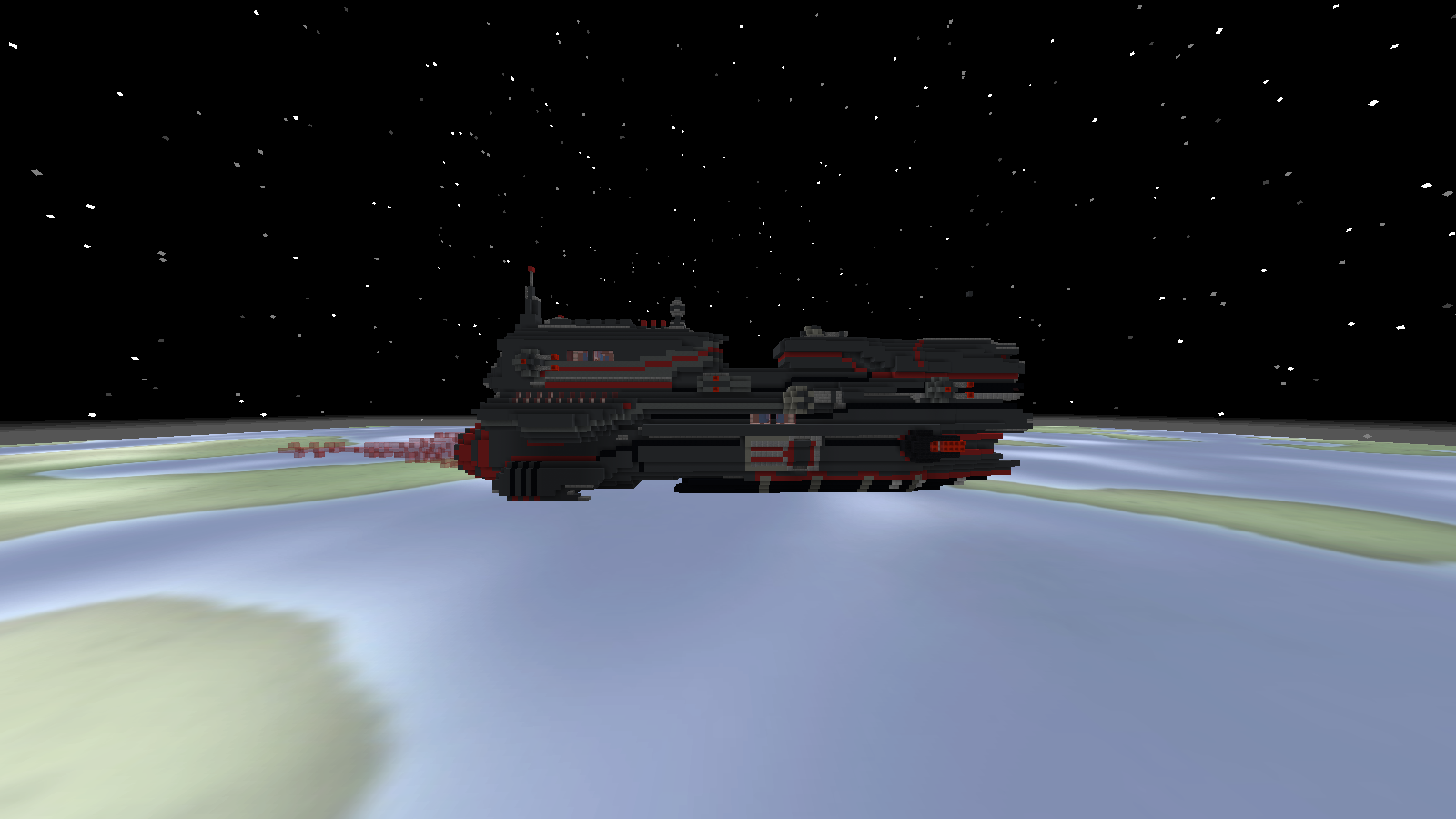майнкрафт мод advanced rocketry
Advanced Rocketry [1.16.5] [1.12.2] [1.11.2] [1.10.2]
Мод, который добавляет в игру сборочные ракеты и планеты.
Скриншоты мода (кликабельно!):
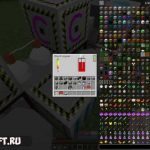

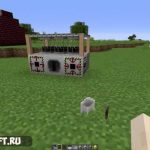
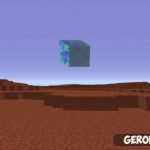
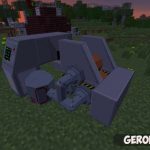


Advanced Rocketry — это мод для исследования и эксплуатации других миров и планет:
Документация и журнал обновлений: http://arwiki. dmodoomsirius.me/
Требуется LibVulpes для запуска!
Предупреждение: альфа-сборки мода нестабильны, могут иметь ошибки и, вероятно, часто что-то менять: вы были предупрежден.
автор достиг точки, в которой автор трачу больше времени, просто пытаясь выяснить, действительно ли что-то было проблемой, чем на самом деле решение проблем или добавление новых функций. Поэтому я, к сожалению, должен выложить эту информацию, и, к сожалению, если соответствующая информация отсутствует, проблема будет закрыта, чтобы проблемы с требуемой доступной информацией могли быть решены своевременно.
Учебное пособие/Информационное видео (обновлено до версии 1.0.0):
Часть 1. Получение в космос
Часть 2. Деформация и кислород
Текущие реализованные функции:
Не стесняйтесь использовать мод без явного разрешения!
Hav Есть предложения? оставьте мне комментарий внизу!
1.12.2 Documentation
Click here for main home page.
Table of Contents:
Rockets
Up Up and Away! The rockets are one of the coolest parts of the mod. But with great coolness comes a little work. This is not like other space mods where you plop down a rocket, throw in some fuel and blast off. These rockets have to be carefully built, fueled and programmed with a destination. But these aren’t just transport vehicles, these rockets have other jobs like satellite deployment, cargo hauling and mining missions.
Step 1: Build the Chemical Reactor and Electrolyser
While you are carefully building and planning your Space Force Air Base, these machines can be creating your rocket fuel so its ready when you are ready to launch. The electrolyser accepts water through its fluid input hatch and splits it into oxygen and hydrogen. Oxygen will fill one of the machine’s fluid output hatches and hydrogen the other. These liquids are pumped into the chemical reactor to produce rocket fuel or pumped directly to a rocket’s bipropellant tanks.
Step 2: Build the Launch Pad
Rockets are built and launched from a launch pad. A good starting launch pad is a 5×5 square of launch pad blocks, 25 total. In addition to the launch pad, you will need structure tower blocks at the edge of the launch pad and extending up to a height of one block higher than your rocket, for safe measures.
Step 3: Build the Rocket
The most basic requirements for a rocket are the engine, fuel tanks, guidance computer and a payload. Payloads are what the rocket is carrying which can be either a person, cargo, satellite or space station modules. Payloads are described more below. Any other block can be used to complete the rocket build and you have complete creativity on how your rocket looks. The number of engines and fuel tanks is dependant on the weight of the blocks you’ve chosen. Engines provide thrust, and each rocket needs enough thrust to get your rocket through the atmosphere. As the number of engines increase so does the number of fuel tanks required. The rocket needs enough fuel to get to your destination and back. You must find a balance between mass, thrust and fuel capacity to launch a successful rocket.
Step 4: Assemble the Rocket
Right now, your rocket is just a bunch of blocks on a launch pad. To assemble those into a rocket, you will need the Rocket Assembling Machine. This block will need to be placed on the edge of the launch pad and one block higher. Once powered, you can interact with the assembling machine to first scan the rocket. This will check that the rockets has all required blocks and will also calculate the mass, thrust and fuel ratios. The results of the scan will display on the GUI of the assembling machine. When you are «Clear for liftoff!», press build to assemble your rocket.
Step 5: Interact with the Rocket
Once your rocket is assembled, you can right click to interact with it. In top left of the GUI you can see all the storage items loaded on the rocket including chests*, satellite bays and the guidance computer. Clicking on any of these icons will bring up that block’s GUI and you can interact with it. On the right is the fuel gauge. On the bottom right are two very important buttons. The «Select DST» button is for flight and brings up the map of the solar system allowing you to choose a possible destination for the rocket. You will need more preparation before you can take off, so don’t get trigger happy yet. The «Disassemble» button allows you to disassemble your rocket back into just a bunch of blocks.
Step 6: Craft a Linker
There are a number of infrastructure blocks which help to monitor and maintain assembled rockets. The Linker is an essential tool which allows you to link an infrastructure block, like the fueling station in the next step, rocket monitoring station or a docking pad. To link, shift-right click on a infrastructure block then shift-right click on the assembled rocket.
Step 7: Fuel the Rocket
By now, you should have a nice supply of rocket fuel, or if you want to use bipropellant engines, a good supply of hydrogen and oxygen. To get the fuel into the assembled rocket, you need a Fueling Station. Craft and place the fueling station within 5 blocks of the assembled rocket and supply it with power and fluids. If you are using bipropellant, its best to use two fueling stations, one for each liquid. The fueling station will accept buckets of fluid, or fluid piped in from other mods. Use the linker to link the fueling station to the rocket and remember to select the fueling station first. Interact with the rocket and you should see the fuel gauge rising.
It is almost time to launch. If you haven’t yet, craft a Suit Workstation and make a space suit. Be sure to charge it with oxygen using the Gas Charge Pad and pumping oxygen to it. Next you need to install a seat in your rocket. A seat is needed when the payload is a player. The seat needs to be installed during the build phase prior to assembly so it becomes part of the rocket multi-block. You will also need a Planet ID Chip. With a seat installed, a planet chip in your inventory and a space suit on, right-click your fully fueled and assembled rocket. Instead of interacting with the rocket, you will sit in it. To bring up the rocket GUI, press ‘C’ by default. (check your keybindings). Click on the guidance computer and put your planet ID chip in the slot. Press escape and ‘C’ again to get into the rocket GUI, then press «Select DST» and select Luna. Read the on-screen instructions, or just press spacebar to take off. Good Luck, Spaceman!
IMPORTANT: Rockets can only travel from a planet to its moon and back OR a space station and a planet and back. They DO NOT travel from planet to planet without a warp core block. See Warp Ship for more details on intergalactic travel.
1.12.2 Documentation
Click here for main home page.
Table of Contents:
Space Stations Addons
So you have a space station with basic life support but a space station can do a lot more than just sit there. There are a few multi-block structures that can only be built on space stations and allow for greater functionality.
Step 1: Read Rockets and Space Stations
This guide assumes you know the basics of building, assembling and launching rockets with various payloads and have an orbiting space station somewhere.
Step 2: The Space Station Controllers
There are three space station controllers which you can place anywhere on your space station. The altitude controller adjust the distance your station is from the planet you are orbiting. The orientation controller allows you to move your station along the x-axis and z-axis and provides a way to create a continual spin. The station gravity controller allows you to set your preferred gravity level. This extends to all parts of your space station.
Step 3: Launch Pads and Docking Pads
With the help of Loaders/Unloaders, Guidance Computer Access Hatch and Docking Pads, you can automate cargo transports to and from your space station. You can build multiple docking pads and launch pads on your space station. Take a look a the sections linked above and use your imagination and some experimentation to design the logistical automation to your needs!
Step 4: Build a Biome Scanner
The Biome Scanner is a multi-block structure which can only be used on space stations. It can scan the planet the station is orbiting and return the types of biomes present. This is useful information so you can prepare your jump to the surface.
Step 5: Build a Space Elevator
If managing logistical cargo rockets isn’t your thing, you can build a space elevator to teleport yourself to the surface of a planet/moon and back to a space station. You can even teleport yourself from a planet to its moon or between two space stations orbiting the same planet. Build your first space elevator somewhere and put an elevator ID chip in the slot. Shift-right click with the Linker to program it with the coordinates of this elevator. Then travel to your other destination, build an elevator and put another elevator ID chip in its slot. Shift-right click this elevator with the Linker to connect the two. If successful, the elevator ID chips should be programmed. You can use the «Select Dst» button to choose a valid destination. It is possible to link more than two elevators together. The sending elevator requires a lot of power.
Step 6: Build an Orbital Laser Drill
If cargo logistics isn’t working and space elevators are too expensive, then maybe an Orbital Laser Drill is more to your liking. This drill will mine blocks from the planet the station is orbiting and can only be built on space stations. There are a number of different settings for different mining patterns. It also requires a bit of power so creating a Solar Array for power, or a couple, could be worth the effort.
One of the most important tasks you can complete only on space stations is sending un-manned vehicles on gas mining missions. By default, nitrogen, which is used in large quantities to run the Atmosphere Terraformer can only be gathered by gas mining missions. These missions can only be executed if the station is orbiting a gas giant planet.
The principle is the same as building a rocket or space station module, except you don’t need any launch pads; the platform is built horizontally and entirely of structure towers as the image shows. You will also need to place an Unmanned Vehicle Assembler as it shows in the picture, where the structure towers intersect at the base. The vehicle needs to be outfitted with a Gas Intake and pressurized tanks to complete its mission. As this is an un-manned vehicle, you will need to link a Rocket Monitoring Station to launch it. The vehicle will drop, so be sure there is enough open air under it for the vehicle to clear the station. It will then travel AWAY from the unmanned vehicle assembler.
Step 8: Launch More Satellites
Even on a space station you can launch satellites for their various jobs. For power generation, a microwave receive on a space station connected to its max number of satellites each with large solar panels, can provide quite a lot of power. If the modpack you are playing has elected to hide all the planets, you can still collect data, operate the abdp and even the observatory on a space station.
Step 9: Upgrade to a Warp Ship
Probably the most rewarding and exciting part of the entire mod, planetary transportation. Once you have a space station, converting it to a warp ship requires only two things; a Warp Controller and a Warp Core. These can be built anywhere on the space station and do not have to be linked. Dilithium crystals fuel the warp core and can be added via the input hatch inside its top. Once you have fuel in the core, interact with the warp core controller and click «Select Planet» to choose your destination. The warp controller will tell you if you have enough fuel for the trip. If everything is good to go, click «Warp!» and enjoy the ride!
NOTE: If you don’t see any planets available, then probably planet hiding is enabled in the config. See Warp Controller to find out how to find the planets to visit.
Advanced Rocketry Mod for Minecraft 1.12.2/1.11.2
The Advanced Rocketry Mod is one the most loved mods by the players who want to escape from the same daily tasks in Minecraft. Basically, it will not require a long period of time to learn everything in Minecraft, so, in this case, the players use mods that will revive the entire game with different new tools and features. And so, for this reason, the Advanced Rocketry Mod was created, it will allow you to explore the sky and space with custom-made rockets. In other words, you can become an astronaut in Minecraft, and do related stuff in the celestial infinite.
Even if at the first view the Advanced Rocketry Mod sounds so attractive for everyone, you must keep in mind that if you’re a beginner in Minecraft it is not for you because it uses lots of complex mechanics and if you’re not familiar with Minecraft it can really give you lots of headaches. But also if you really want to play on it, you will need to spend some time to figure out which exactly you need to do in order to create your first rocket and related items. But at the end, I assure you that once you learned everything in the Advanced Rocketry Mod it will become an addiction, so it will eat lots of hours, but definitely it worth it.


Once you have installed the Advanced Rocketry Mod you can start to explore the space, to be more exactly you can go to the moon or to explore different planets. After you have built your own rocket you can start the journey into space, where you can make some space station where you can stop to rest yourself after a long journey into the solar system.
Current features implemented by Advanced Rocketry Mod
